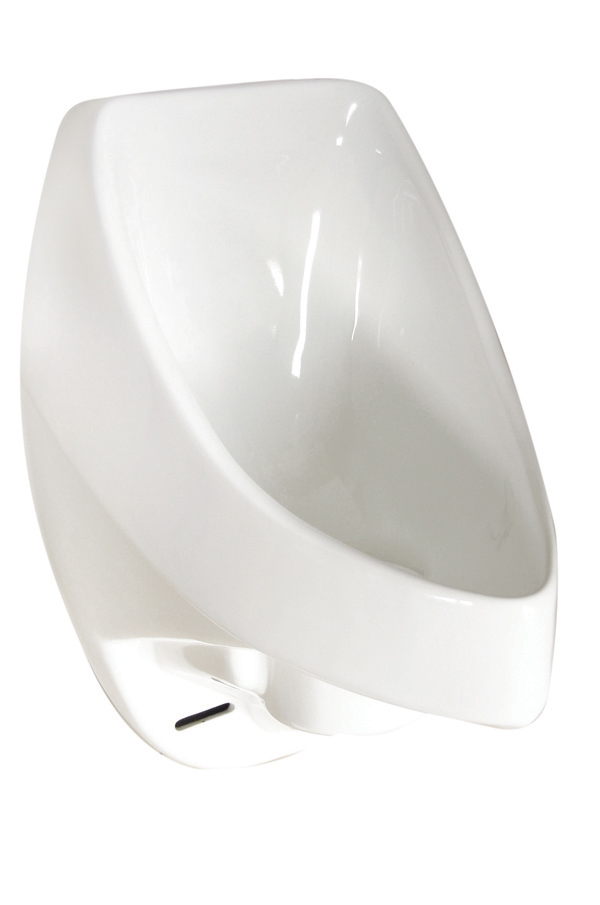From challenges come opportunities.
University of Cape Town
This time it was from a graduate student – Tinashe Chipako - at the University of Cape Town (UCT) Civil Engineering School. Chipako won the 2018 South African Institution of Civil Engineering, National Investigative Project Showdown for South African universities for his project, which investigated the “feasibility of implementing waterless urinals on UCT’s upper campus.”
This is one of the most prestigious contests in South Africa, designed to encourage more students to become engineers and work on projects that can benefit South Africa specifically. To win the award, Chipako demonstrated the many benefits of waterless urinals to save large amounts of water - an estimated 30,000 gallons of water per urinal, year per – on the college campus.
One of the professors at the University, Dr. Dylan Randall, says that the graduate students' project was especially timely and significant right now because water has become “liquid gold,” not only in South Africa, but many parts of the world.
Among the things Chipako uncovered in his project were the following:
• The flush urinals currently on the campus use enough water per year to fill more than eight Olympic-sized swimming pools, which is more than 5 million gallons of water
• The university currently purchases four tons of fertilizer each year for landscaping; however, seven tons of fertilizer could be made using urine collected on the campus by waterless urinals. This would eliminate the need to purchase fertilizer and open the door for the university to sell approximately three tons of fertilizer on the open market.
• In a survey conducted by the graduate student it was uncovered that nearly 80 percent of the 500 respondents said they would support the use of fertilizer from urine to grow food
• And almost 100 percent of the respondents said they would back the installation of waterless urinals on the campus “because they conserve so much water.”
Over the years, it appears waterless urinals are most often “discovered,” and their benefits extolled when there are droughts and severe water shortages. This is just one more example.
The truth of the matter is that waterless urinals have been available in the U.S. since the early 1990s and some of the earliest no-water urinals were in use in Europe as early as the late 1880s. With climate change and more of the world experiencing water shortages, it appears the time has come that we all realize waterless urinals are here today and have proven to be one of the most significant ways to reduce water consumption in this country and worldwide.












